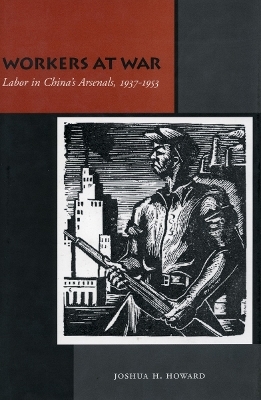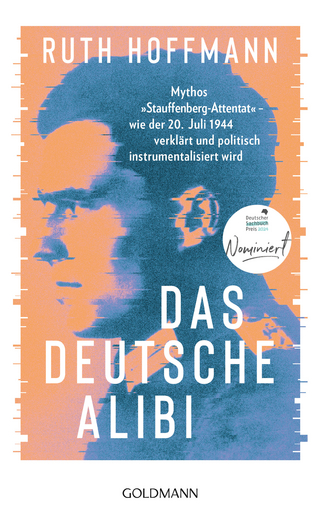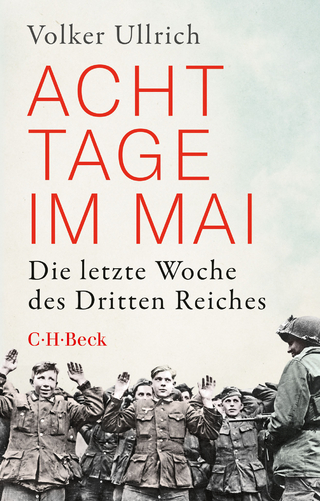
Workers at War
Labor in China’s Arsenals, 1937-1953
Seiten
2004
Stanford University Press (Verlag)
978-0-8047-4896-4 (ISBN)
Stanford University Press (Verlag)
978-0-8047-4896-4 (ISBN)
This book focuses on the lives, struggles, and contrasting perspectives of the 60,000 workers, military administrators, and technical staff employed in the largest, most strategic industry of the Nationalist government, the armaments industry based in China's wartime capital, Chongqing.
This book focuses on the lives, struggles, and contrasting perspectives of the 60,000 workers, military administrators, and technical staff employed in the largest, most strategic industry of the Nationalist government, the armaments industry based in the wartime capital, Chongqing. The author argues that China's arsenal workers participated in three interlocked conflicts between 1937 and 1953: a war of national liberation, a civil war, and a class war.
The work adds to the scholarship on the Chinese revolution, which has previously focused primarily on rural China, showing how workers’ alienation from the military officers directing the arsenals eroded the legitimacy of the Nationalist regime and how the Communists mobilized working-class support in Chongqing. Moreover, in emphasizing the urban, working-class, and nationalist components of the 1949 revolution, the author demonstrates the multiple sources of workers’ identities and thus challenges previous studies that have exclusively stressed workers’ particularistic or regional identities.
This book focuses on the lives, struggles, and contrasting perspectives of the 60,000 workers, military administrators, and technical staff employed in the largest, most strategic industry of the Nationalist government, the armaments industry based in the wartime capital, Chongqing. The author argues that China's arsenal workers participated in three interlocked conflicts between 1937 and 1953: a war of national liberation, a civil war, and a class war.
The work adds to the scholarship on the Chinese revolution, which has previously focused primarily on rural China, showing how workers’ alienation from the military officers directing the arsenals eroded the legitimacy of the Nationalist regime and how the Communists mobilized working-class support in Chongqing. Moreover, in emphasizing the urban, working-class, and nationalist components of the 1949 revolution, the author demonstrates the multiple sources of workers’ identities and thus challenges previous studies that have exclusively stressed workers’ particularistic or regional identities.
Joshua H. Howard is the Croft Assistant Professor of History and International Studies at the University of Mississippi.
| Zusatzinfo | 22 tables, 3 figures, 26 illustrations, 3 maps |
|---|---|
| Verlagsort | Palo Alto |
| Sprache | englisch |
| Maße | 152 x 229 mm |
| Gewicht | 757 g |
| Themenwelt | Geschichte ► Allgemeine Geschichte ► 1918 bis 1945 |
| Geschichte ► Teilgebiete der Geschichte ► Kulturgeschichte | |
| Technik | |
| ISBN-10 | 0-8047-4896-9 / 0804748969 |
| ISBN-13 | 978-0-8047-4896-4 / 9780804748964 |
| Zustand | Neuware |
| Haben Sie eine Frage zum Produkt? |
Mehr entdecken
aus dem Bereich
aus dem Bereich
ein Psychologe erlebt das Konzentrationslager
Buch | Hardcover (2024)
Kösel (Verlag)
22,00 €
Mythos „Stauffenberg-Attentat“ – wie der 20. Juli 1944 verklärt und …
Buch | Hardcover (2024)
Goldmann (Verlag)
24,00 €
die letzte Woche des Dritten Reiches
Buch | Softcover (2023)
C.H.Beck (Verlag)
16,00 €


